Free 1-Year Domain Offer with WordPress GO Service

Server Uptime Monitoring and Notification Systems
This blog post delves into server uptime and explains why it's so critical. It details the factors that influence server uptime and compares different monitoring tools and features. It explains the monitoring process step by step, providing insights into how notification systems work. It provides practical tips for effective server uptime management, covering monitoring strategies and challenges. It highlights performance analysis methods and troubleshooting techniques, and provides an action plan for maximizing server uptime. This guide is a comprehensive resource for system administrators and web developers on optimizing server uptime. What is Server Uptime and Why Is It Important? Server uptime is the...
Continue reading
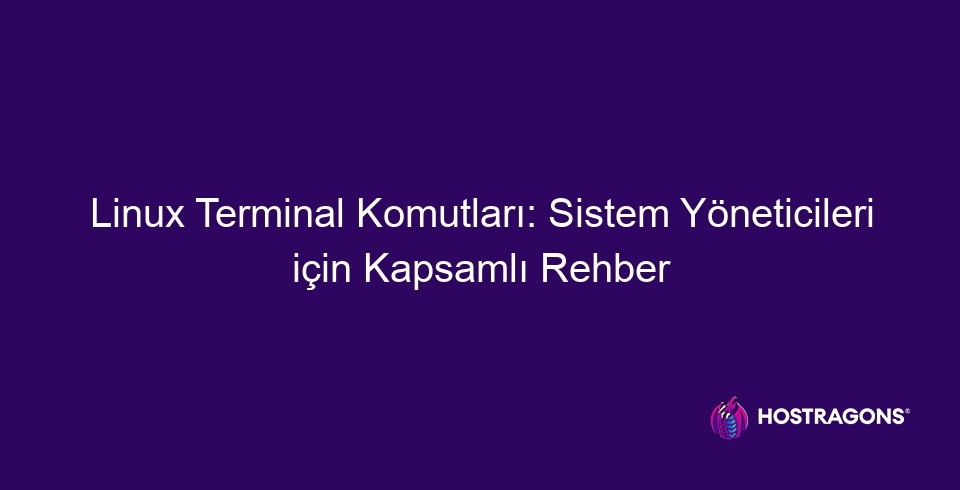
Linux Terminal Commands: The Complete Guide for System Administrators
This comprehensive blog post provides a detailed guide for system administrators on using the Linux Terminal. It explains what the Linux Terminal is and why it's important, detailing the steps to getting started. It covers everything from basic commands to advanced features, from debugging to security measures. It also provides tips for efficient terminal use, common mistakes and solutions, and recommendations for success. This guide aims to provide the necessary information to enhance your Linux Terminal proficiency and perform your system administration tasks more effectively. What is the Linux Terminal and Why Is It Important? The Linux Terminal is a powerful tool used as a command-line interface (CLI) in Linux operating systems.
Continue reading
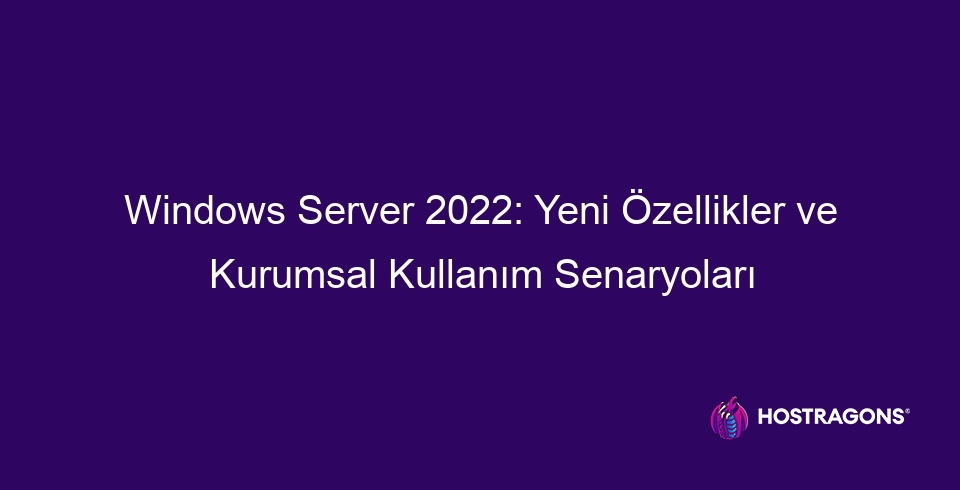
Windows Server 2022: New Features and Enterprise Usage Scenarios
Windows Server 2022 offers significant innovations and improved performance for businesses. In this blog post, we examine what Windows Server 2022 is, why it's important, and the key innovations it brings. It covers in detail the factors that affect performance, enterprise usage scenarios, and security features. It also covers the role of management tools, storage options, system requirements, potential challenges, and how to get the most out of Windows Server 2022. It provides a comprehensive guide for businesses to strengthen their server infrastructures and adapt to modern requirements. What is Windows Server 2022 and Why Is It Important? Windows Server 2022 is the latest version of Microsoft's server operating system family, designed to meet the modern needs of businesses.
Continue reading

User and Group Management on Linux Systems
User and group management on Linux systems is critical for system security and efficiency. This blog post examines in detail the basic concepts of user and group management in Linux systems, user types and authorization steps. While emphasizing the benefits of group management and security measures related to privilege management, user and group management tools are also mentioned. It is aimed to create a safer and more efficient environment in Linux systems by presenting effective group management strategies with common mistakes and advanced management techniques. As a result, the importance of user and group management is reinforced along with application methods. The Importance of User and Group Management in Linux Systems User and group management in Linux systems is a key part of system security and...
Continue reading

Performance Monitoring and Bottleneck Analysis in Operating Systems
Performance monitoring and bottleneck analysis in operating systems are critical to improving system efficiency. This blog post examines in detail what performance monitoring in operating systems is, its benefits, and the tools used. While the definition of bottlenecks, their causes, and methods for determining them are explained, important points to consider when performing bottleneck analysis are emphasized. Data collection processes and performance improvement strategies are presented, and ways to achieve success in bottleneck management in operating systems are shown. Finally, practical application recommendations are provided to guide system administrators. What is Performance Monitoring in Operating Systems? Performance monitoring in operating systems is the process of continuously evaluating a system's resource usage, response times, and overall efficiency. This process is used to identify potential...
Continue reading
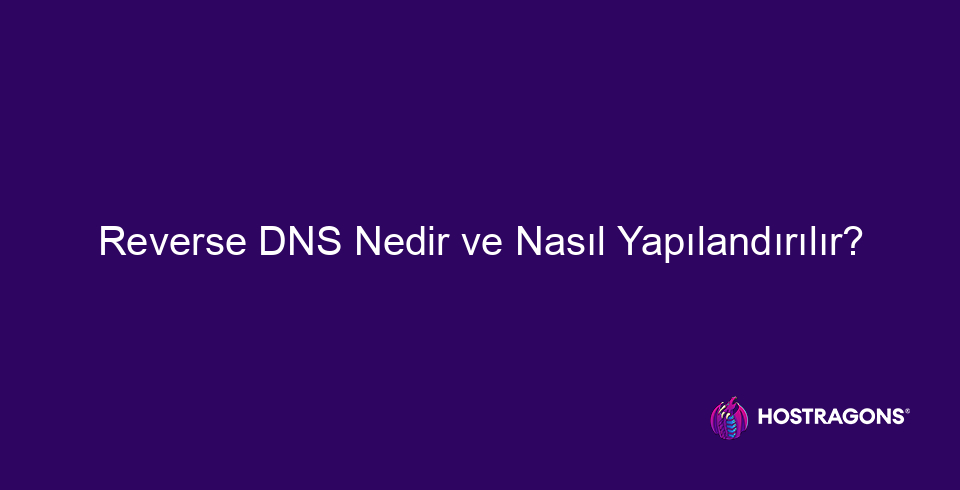
What is Reverse DNS and How to Configure It?
Reverse DNS (RDNS) is the process of mapping an IP address to a domain name, and it’s critical for network security and email deliverability. In this blog post, we take a detailed look at what Reverse DNS is, why it’s important, and how to configure it. We go through the steps of the configuration process, the necessary prerequisites, its benefits, and its drawbacks. We also provide recommended tools for setup, an error resolution guide, frequently asked questions, and how to fix configuration errors. Finally, we cover the benefits of using Reverse DNS and provide actionable advice so you can make your network more secure and efficient. What is Reverse DNS and Why is it Important? Reverse DNS (RDNS) uses an IP address to...
Continue reading
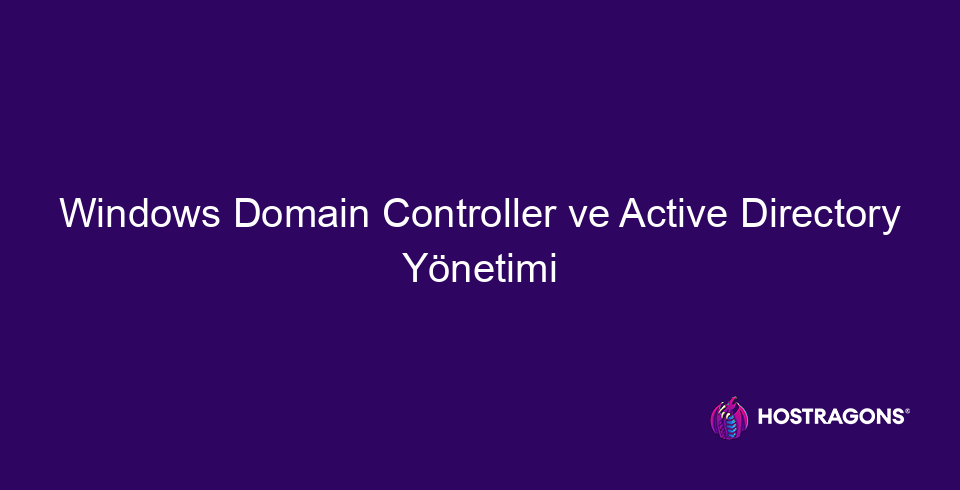
Windows Domain Controller and Active Directory Management
This blog post covers Windows Domain Controller and Active Directory management in detail. First, it explains what Windows Domain Controller is and why Active Directory management is important. Then, it touches on Windows Domain setup steps and management tools. While examining Active Directory roles and functions, it also shares the challenges and security tips encountered when using Windows Domain. The post evaluates the advantages and disadvantages of Windows Domain and focuses on current trends. As a result, it provides readers with a comprehensive guide by providing effective management strategies with Windows Domain. What is Windows Domain Controller? Windows Domain Controller is the central authentication and authorization system of a Windows network. Basically, a...
Continue reading

Runlevel and Target Concepts in Linux Operating System
This blog post covers Runlevel and Target, which are the basic concepts of the Linux operating system, in detail. While explaining what Runlevel is, what it does, and its differences from Target, its importance in the system is also mentioned. In addition, Runlevel changing methods, best usage practices, and possible problem-solving suggestions are presented in the Linux operating system. While emphasizing the role of Target in the Linux ecosystem, an overview of Runlevel and Target concepts is provided with user-oriented tips and suggestions. It contains valuable information for system administrators and Linux users. Basic Concepts of the Linux Operating System The Linux operating system is an open source and free operating system used in a wide range of applications from servers to embedded systems today...
Continue reading
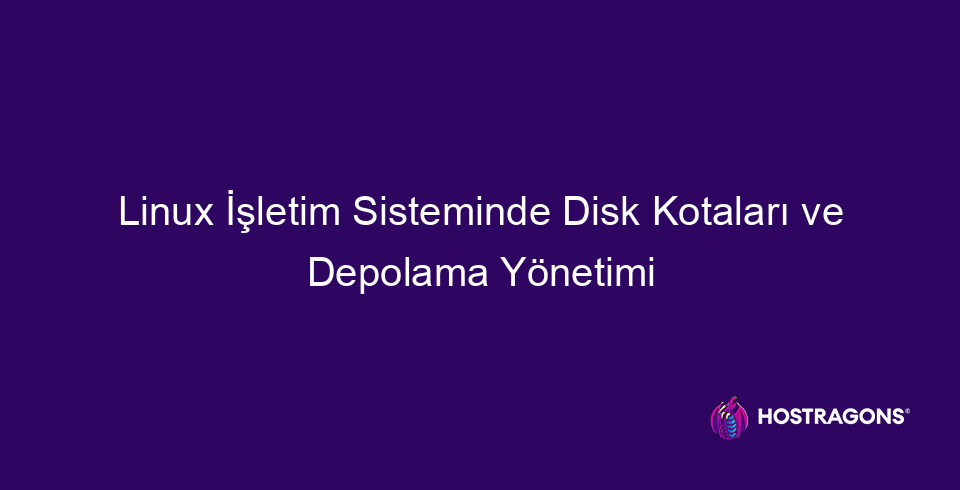
Disk Quotas and Storage Management in Linux Operating System
This blog post focuses on disk quotas and storage management in Linux operating systems. It begins with an introduction to the Linux operating system and explains why disk quotas are necessary and important. Then, it provides detailed information on how to manage disk quotas in the Linux operating system. It emphasizes the role of storage management and quotas in meeting basic needs, while best practices for quota optimization and different quota management tools are examined comparatively. Common quota management errors and solutions are presented, tips for storage management and methods for developing effective quota strategies are discussed. Finally, it summarizes how storage efficiency can be achieved with quota management. Introduction to Linux Operating System and Basic...
Continue reading

Server Hardening Security Checklist for Linux Operating Systems
Server Hardening is a vital process for improving the security of server systems. This blog post provides a comprehensive security checklist for Linux operating systems. First, we explain what server hardening is and why it is important. Then, we cover the basic vulnerabilities in Linux systems. We detail the server hardening process with a step-by-step checklist. We examine critical topics such as firewall configuration, server management, hardening tools, security updates, patch management, access control, user management, database security best practices, and network security policies. Finally, we provide actionable strategies for strengthening server security. What is Server Hardening and Why is It Important? Server hardening is a...
Continue reading

